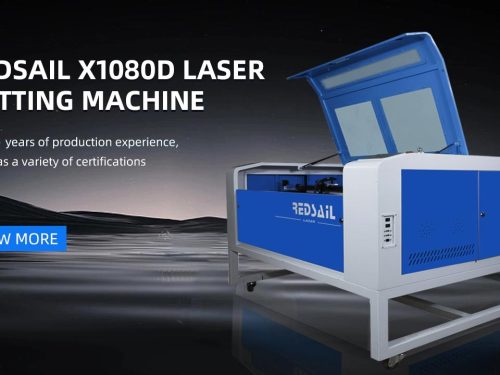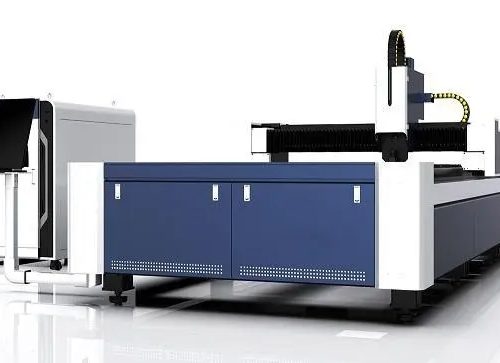
Currently, there is no constant standard for the cutting quality of laser cutting equipment, and most decisions are made based on the specific cutting effect, but there are many factors that affect the cutting effect. In fact, in our daily life, we usually observe the cutting quality through the following points:
1、 Roughness: Laser cut cross sections, especially thick plates, will form vertical lines. The depth of the lines determines the degree of cutting roughness. The shallower the lines, the smoother the cross sections, and the better the cutting quality. Roughness greatly affects the beauty of the metal and the difficulty of other subsequent processing. Therefore, in most cases, the shallower the texture, the finer the texture, the lower the roughness, and the better the quality.
2、 Verticality: When magnified, the laser beam actually looks like a cylinder, forming a focal point through focusing to irradiate the metal material, so the laser beam is divergent at a position away from the focal point. This way, depending on the position of the focal point, the top or bottom of the cut will become wider, and the cut section will form a taper. When cutting thin plates, the verticality is not obvious, but generally when cutting plates above 10mm, the verticality is very important. The more perpendicular the cutting edge, the higher the cutting quality.
3、 Scraping and burring: Scraping mainly refers to the burr deposited on the cutting section. During laser cutting, gas will blow away the molten or vaporized material residue, but no matter how much it is upward or downward, it will form deposits on the surface. Cutting with burr is a factor that greatly affects the cutting quality, which will increase additional processing volume and increase processing costs. Burrs are clearly visible, so they are also the most direct factor in judging cutting quality.
4、 Heat affected zone: Laser cutting belongs to thermal processing equipment, and it is inevitable to have thermal effects on metals during the cutting process. During the cutting process, laser light generates a large amount of heat, which is affected near the incision, resulting in changes in the interior of the metal and hardening of some metals. If the material is heated sharply during the cutting process, it can also lead to material deformation, which is important in many fine machining processes. Controlling laser power or using short laser pulses can reduce component heat and avoid deformation.
Judge the cutting quality of the laser cutting machine Judge the cutting quality of the laser cutting machine
To sum up, if you want to understand a laser cutting machine, you not only need to look at the configuration price, but also the quality of the laser cutting machine.
Previous: Future Development of Lasers










